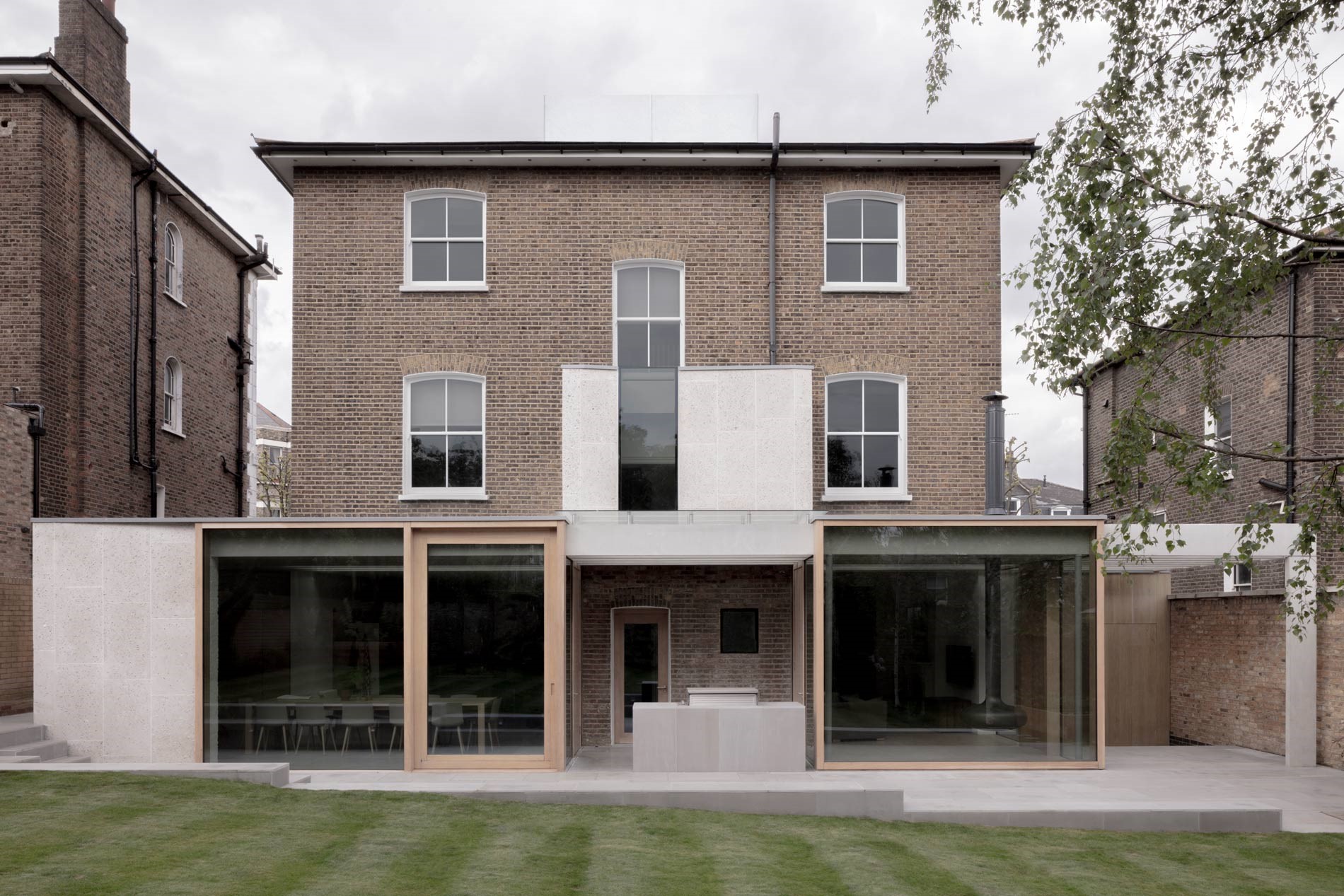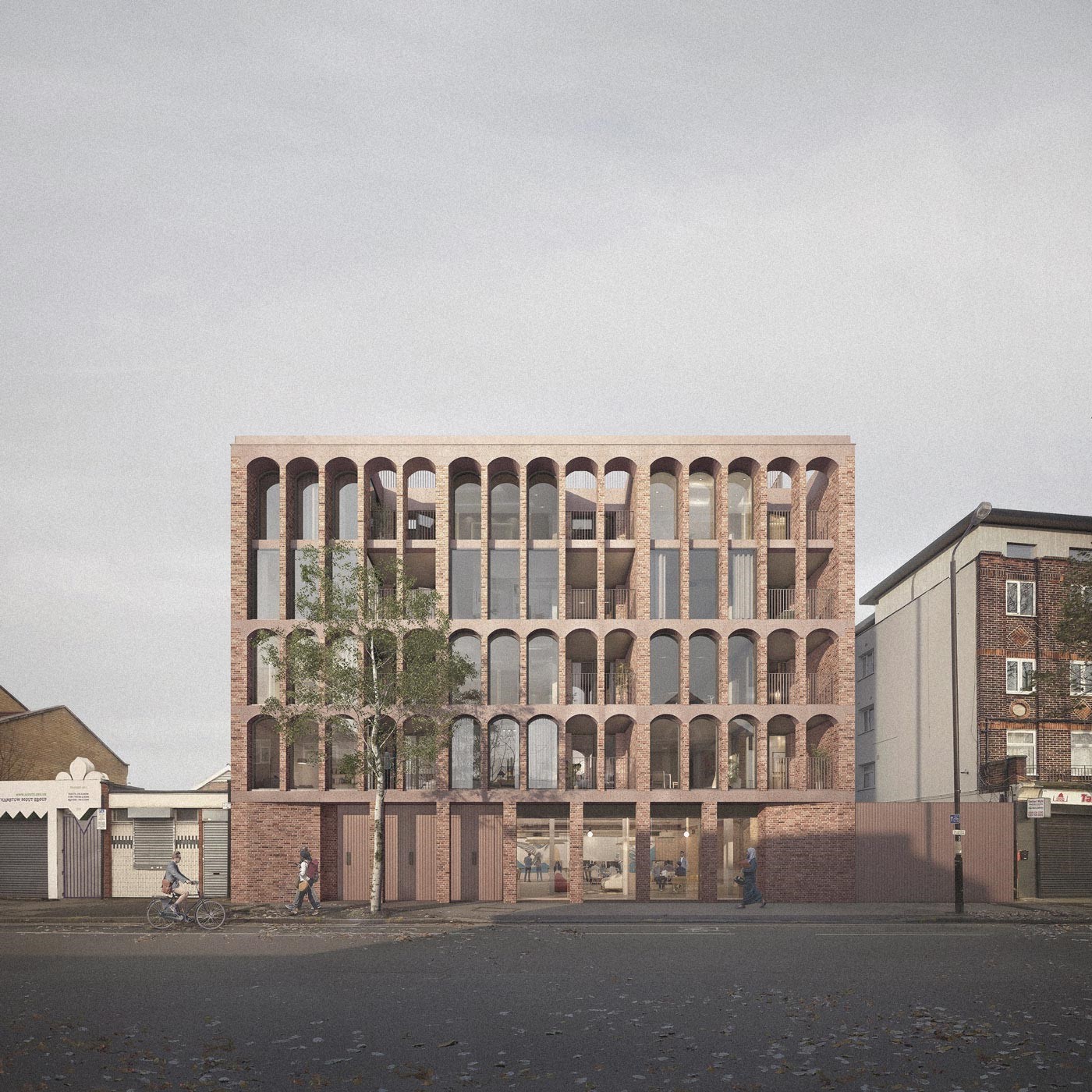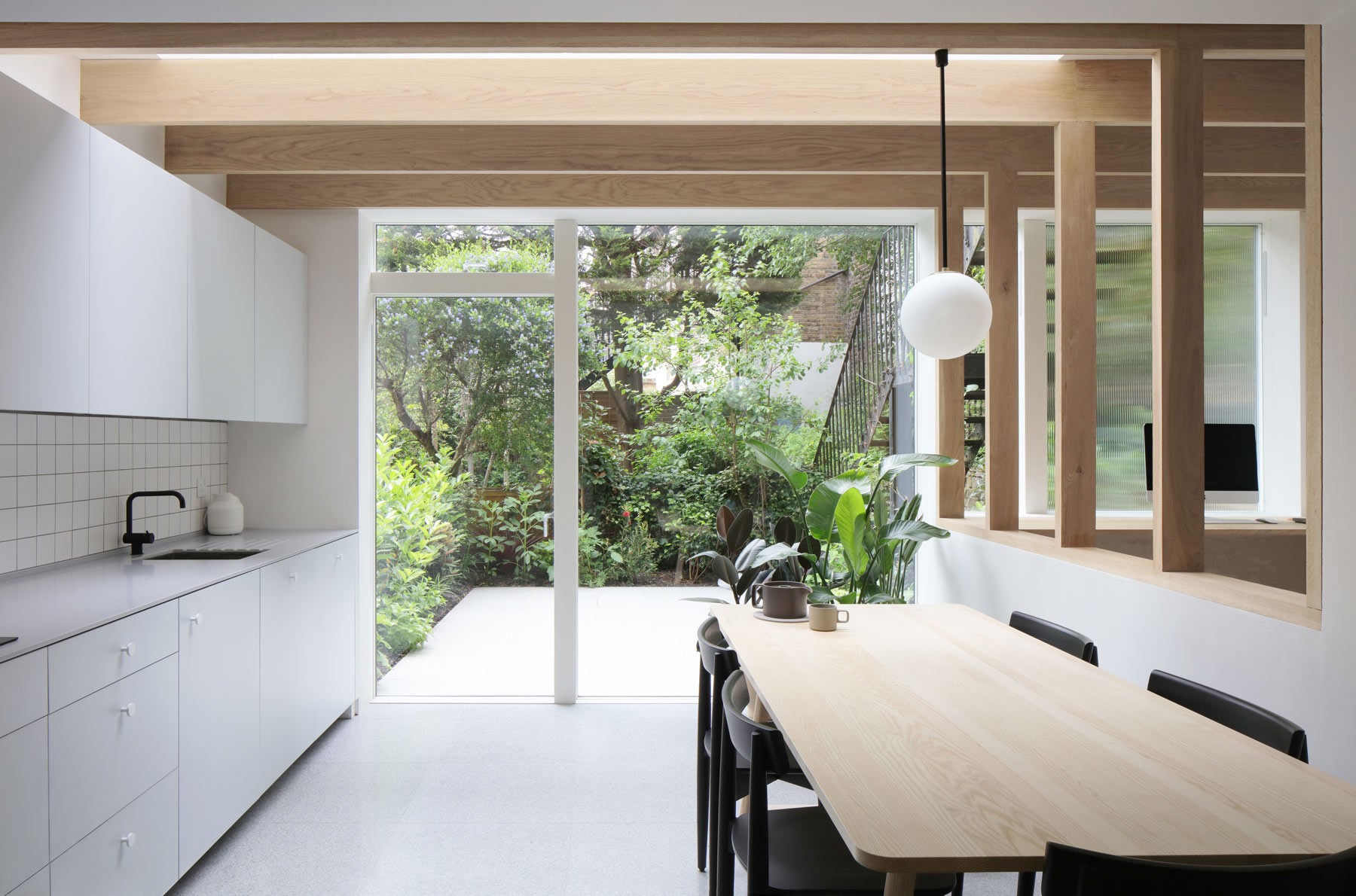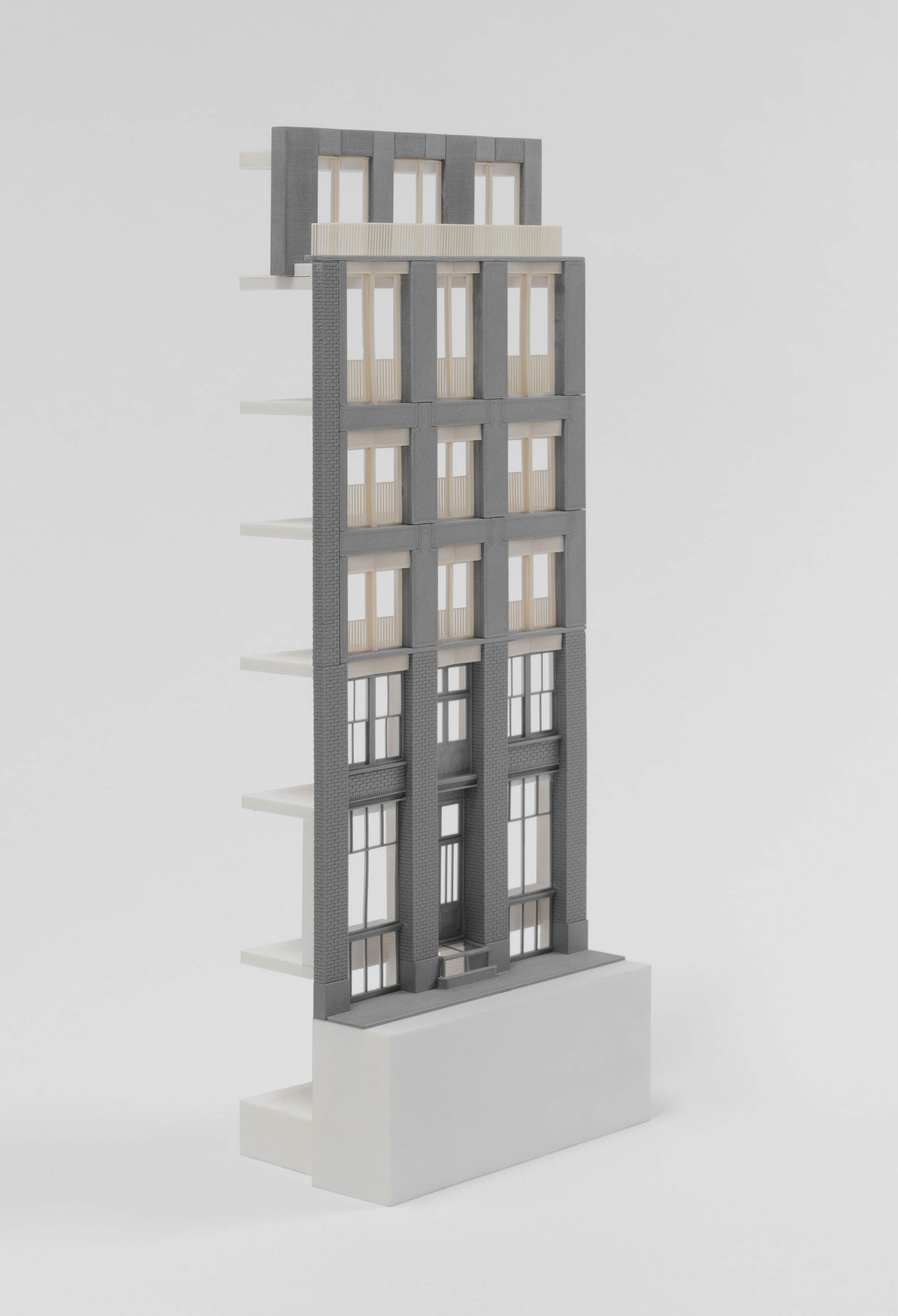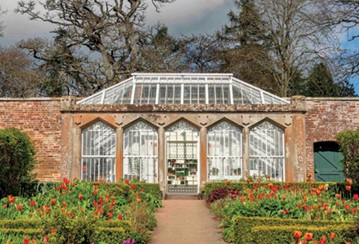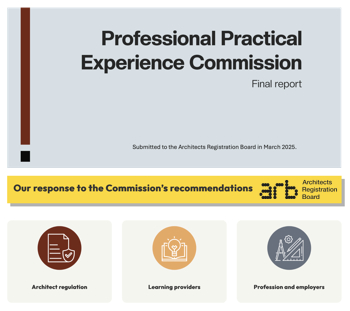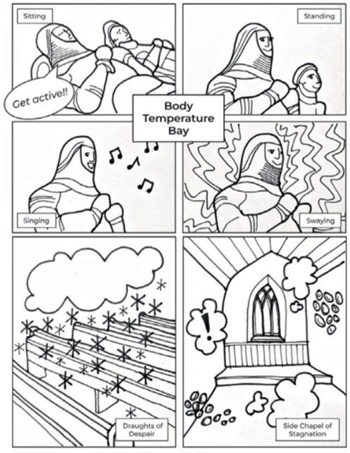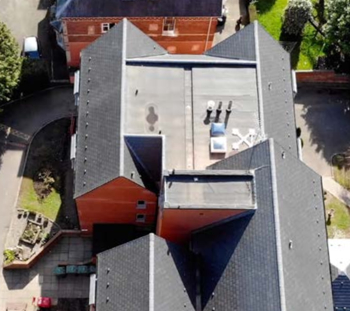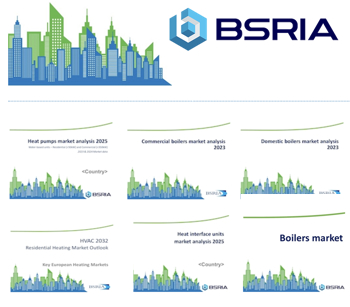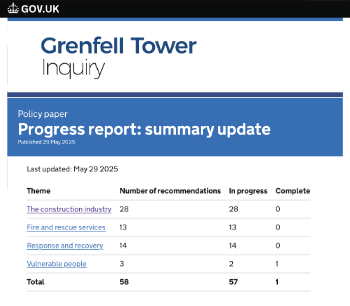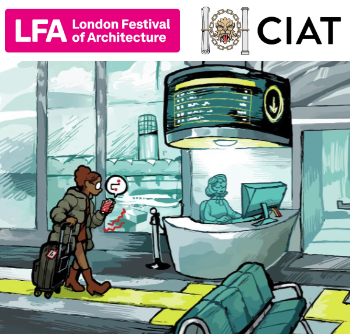Architecture for London
Interview with Ben Ridley, Director, Architecture for London, 2020.
| How, when, why, did the practice form? |
Architecture for London was established by Ben Ridley in 2009. The studio has since grown to a team of 15. The studio has a diverse range of skills, and now includes an interior designer, structural engineer, landscape designer and specialist furniture maker.
We are a multi-disciplinary team with each member having a range of skills in design and technical realisation.
| What is your design philosophy? |
Our aim is to improve people’s lives by re-imagining the city in which we work, live and play. The studio is collaborative, innovative, informed and aspirational. We work at all scales, from bespoke private homes to commercial developments; urban renewal to masterplanning.
Environmental impact is a key consideration in our work. We take a research-based, fabric first approach to sustainability that carefully considers the embodied energy of materials and the energy performance of our buildings in use.
| Which architects have drawn inspiration from? |
One current favourite is Prewett Bizley and their Dundon Passivhaus project for proving that low energy buildings can be beautiful and contextual.
| Do you find planners are becoming more accommodating of modern architecture? |
Most planners we encounter have a positive attitude towards modern architecture. Many of our projects are working with historic buildings, often in conservation areas and some listed. We enjoy working in this historic context, augmenting it to suit a modern lifestyle rather than purely a modern aesthetic. There can be challenges in terms of outdated planning policy when it comes to upgrading historic buildings to meet our high standards for energy performance.
| Given the acute shortage of housing, how are we to build to satisfy the demand? |
As a London focused practice, we are advocates of the low energy expansion and retrofit of London’s existing housing stock.
| What three problems do you foresee occupying architects' minds in the next 5-10 years? |
Our existing housing stock presents a significant issue in achieving the UK’s new 'net zero' carbon target by 2050, which aims to limit global heating to 1.5 degrees. The buildings we refurbish now are not likely to be refurbished again before 2050, so they must achieve net-zero standards now. Each project that we work on is therefore critical.
| The architect used to be considered ‘leader of the building team’. That doesn’t seem to be the case these days, why do you think this is? |
Most major developments take substantial investment capital and are understandably driven by potential profits. Although our value is significant in increasing profits by means of design, the architect’s role is harder to quantify on a spreadsheet.
On smaller and domestic projects, the architect is still the core of the design team, negotiating between the client and the other consultants.
The architect has an overview of the project, from social considerations, resolving technical issues, including sustainability and energy use, and staying within budget and on programme.
| Would you recommend a young person train as an architect? |
Yes. An architectural degree is a broad, challenging and rewarding experience and can lead to a diverse range of careers. Students can leverage this to their benefit and shape their professional journey. Historically there has been a preoccupation with completing parts 1-3, however, shifts in the profession are allowing less rigidity.
You can find out more at: https://architectureforlondon.com/
[edit] Related articles on Designing Buildings Wiki
Featured articles and news
Restoring Abbotsford's hothouse
Bringing the writer Walter Scott's garden to life.
Retired firefighter cycles world to raise Grenfell funds
Leaving on 14 June 2025 Stephen will raise money for youth and schools through the Grenfell Foundation.
Key points for construction at a glance with industry reactions.
Functionality, visibility and sustainability
The simpler approach to specification.
Architects, architecture, buildings, and inspiration in film
The close ties between makers and the movies, with our long list of suggested viewing.
SELECT three-point plan for action issued to MSPs
Call for Scottish regulation, green skills and recognition of electrotechnical industry as part of a manifesto for Scottish Parliamentary elections.
UCEM becomes the University of the Built Environment
Major milestone in its 106-year history, follows recent merger with London School of Architecture (LSE).
Professional practical experience for Architects in training
The long process to transform the nature of education and professional practical experience in the Architecture profession following recent reports.
A people-first approach to retrofit
Moving away from the destructive paradigm of fabric-first.
International Electrician Day, 10 June 2025
Celebrating the role of electrical engineers from André-Marie Amperè, today and for the future.
New guide for clients launched at Houses of Parliament
'There has never been a more important time for clients to step up and ...ask the right questions'
The impact of recycled slate tiles
Innovation across the decades.
EPC changes for existing buildings
Changes and their context as the new RdSAP methodology comes into use from 15 June.
Skills England publishes Sector skills needs assessments
Priority areas relating to the built environment highlighted and described in brief.
BSRIA HVAC Market Watch - May 2025 Edition
Heat Pump Market Outlook: Policy, Performance & Refrigerant Trends for 2025–2028.
Committing to EDI in construction with CIOB
Built Environment professional bodies deepen commitment to EDI with two new signatories: CIAT and CICES.
Government Grenfell progress report at a glance
Line by line recomendation overview, with links to more details.
An engaging and lively review of his professional life.
Sustainable heating for listed buildings
A problem that needs to be approached intelligently.
50th Golden anniversary ECA Edmundson apprentice award
Deadline for entries has been extended to Friday 27 June, so don't miss out!
CIAT at the London Festival of Architecture
Designing for Everyone: Breaking Barriers in Inclusive Architecture.







